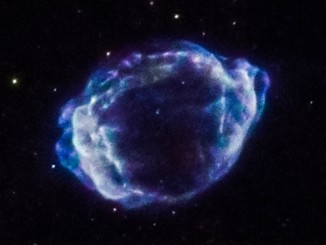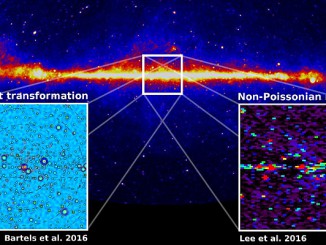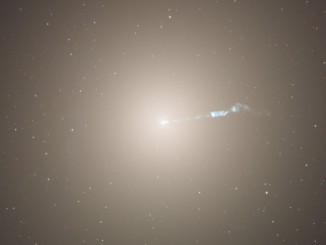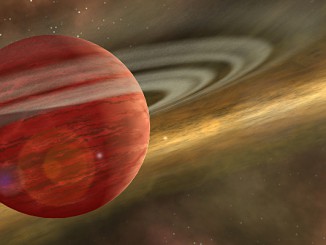
Universe’s first life might have been born on carbon planets
Our Earth consists of silicate rocks and an iron core with a thin veneer of water and life, but the first potentially habitable worlds to form might have been very different. New research suggests that the early universe might have contained carbon planets consisting of graphite, carbides, and diamond. Astronomers might find these diamond worlds by searching a rare class of stars.









